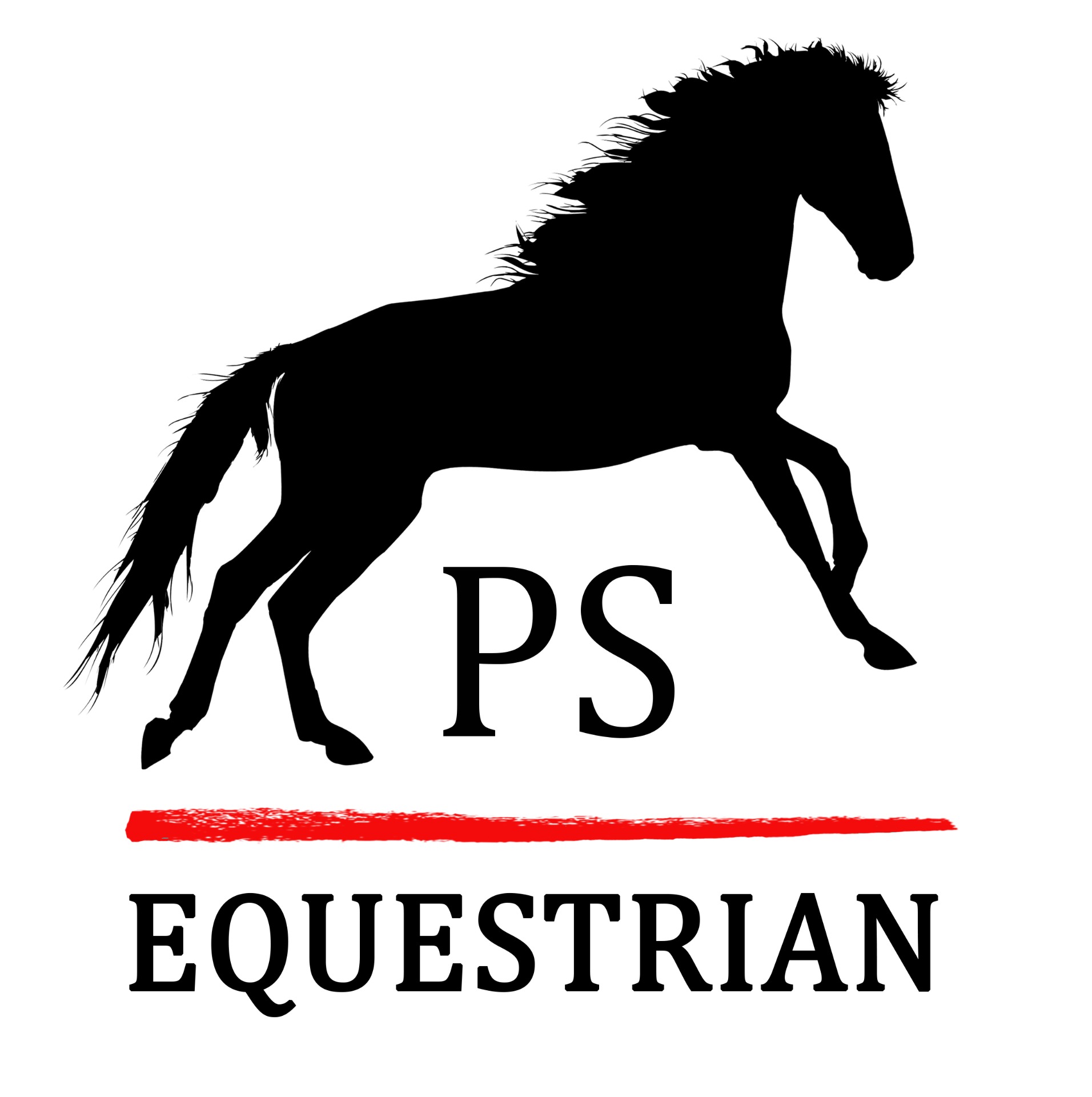Why It’s Important To Be Open-Minded When Training a Horse
06/29/2023

How an open-minded approach to training a horse and a willingness to incorporate techniques from other riding disciplines can help you achieve your training goals
No two horses are the same, and the training methods that proved successful with one could end in disaster with another.
Approaching any training with an open mind is crucial, and the more different methods and techniques you can apply to the situation, the more successful training sessions you will have.
You may be an expert at natural horsemanship but, in learning from other trainers and other disciplines, you can hone those techniques - making them even more productive.
What Can We Glean from How Racehorses Are Trained?
Racehorse training requires both close observation and the ability to adapt. Fitness is paramount for these equine athletes, but so is the gradual development of the musculoskeletal system.
Hard training days are followed by less strenuous ones, allowing the horse to recuperate while a combination of base and interval training builds muscles and optimises oxygen supply.
These are all techniques that you can take into consideration, especially if you’re bringing a horse back into work after an injury.
What Can We Learn From Classical Dressage Training?
I’m not suggesting you try to teach your horse how to perform a piaffe, but some techniques can help both you and your horse get better results from your training sessions.
Introducing plenty of transitions, for instance, can improve your horse’s rhythm that, in turn, will encourage relaxation and improve his outline.
How Working Equitation Can Broaden Your Horse's Scope
Working equitation evolved from a combination of ranch work and classical horsemanship. As such, it is a fusion of gymnastic arena work and practical utility in terms of negotiating obstacles and performing bends, transitions, and leg yields.
You don’t have to create a course to do this - just use whatever jumps and other obstacles you have available, even if it’s just walking your horse over his stable rug.
Take a Leaf Out of the American Showjumping Manual
Showjumping requires responsiveness, accuracy, and physical agility and can do much to enhance your horse’s training sessions. Poles on the ground can help to hone our horse’s ability to shorten and lengthen his stride, while figures of eight improve agility and the ability to change legs.
Whether you’re an endurance rider or a dressage enthusiast, you can incorporate showjumping training principles into your horse’s training to improve both balance and softness.
The Benefits of Western Horsemanship Training
Western horsemanship incorporates many of the aspects present in classical dressage training, from rhythm and impulsion to straightness and collection.
Western horsemanship training techniques encourage the rider to develop soft hands and an independent seat. It is a progressive, methodical training technique that offers positive results in a range of situations.
Use the Horse Training Resources Available
Over the years, I’ve developed my own training methods, drawing on a range of disciplines, equestrian literature, and expert advice from the International Federation for Equestrian Sports (FEI).
Prestigious classical riding academies also have some useful techniques to share. The Portuguese School of the Equestrian Art demonstrates the subtleties of baroque riding, while the world-famous Lippizaners of the Spanish Riding School, illustrate the beauty of harmonious horsemanship.
The more open-minded you are about training your horse, the broader the foundation you give him, giving him a better chance of success.

